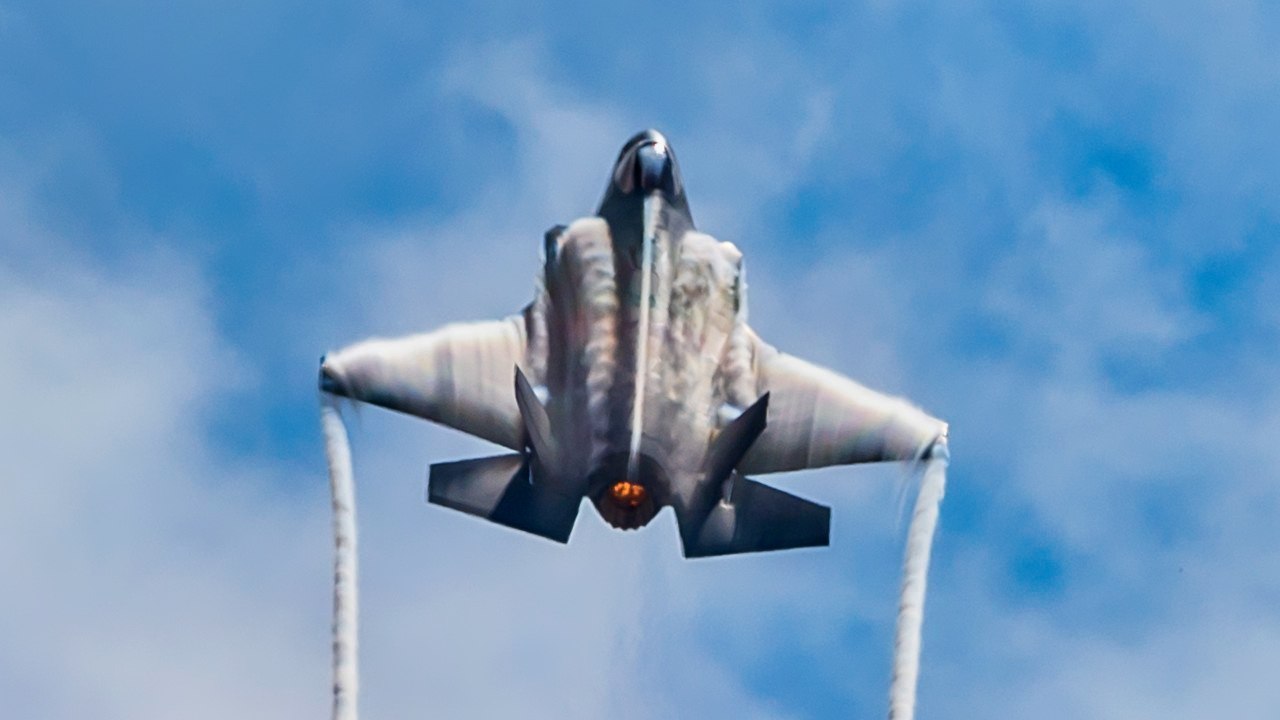Article Summary and Key Points: The F-35 Lightning II is the pinnacle of modern stealth fighter technology, offering unmatched air superiority, strike capabilities, and electronic warfare systems. But with an estimated $1.7 trillion lifetime cost, critics argue it is too expensive, plagued by cost overruns, maintenance challenges, and software issues.
Key Point #1 – While the F-35 strengthens alliances, enhances global military cooperation, and ensures long-term viability, others believe the U.S. could invest in cheaper alternatives.
Key Point #2 – Is the F-35 a technological marvel or a budget drain? The debate continues, and its long-term impact on military aviation remains uncertain.
F-35 Lightning II: Cutting-Edge Fighter or Overpriced Gamble?
The Lockheed Martin F-35 Lightning II, often hailed as a marvel of modern aviation, is a family of single-seat, single-engine, supersonic stealth multirole fighters.
Designed to perform a variety of missions, including air superiority, strike missions, electronic warfare, and intelligence, surveillance, and reconnaissance (ISR), the F-35 is a cornerstone of the U.S. and allied air forces. However, its development and deployment have been accompanied by significant controversy, primarily due to its staggering costs.
What exactly makes the fighter an expensive aircraft, and are those costs worth it?
Unparalleled, but at a Great Cost
The F-35 program is one of the most expensive military projects in history, with the U.S. Department of Defense (DoD) estimating the total cost to be around $1.7 trillion over the aircraft’s lifetime.
Several factors contribute to this astronomical figure:
The initial development of the F-35 was a massive undertaking involving cutting-edge technology and extensive research and development (R&D). The Joint Strike Fighter (JSF) program, which led to the creation of the F-35, aimed to produce a versatile aircraft for the U.S. Air Force, Navy, and Marine Corps, as well as for international partners. This ambitious goal required significant investment in R&D, resulting in high initial costs.
The fighter incorporates numerous advanced technologies, including stealth capabilities, advanced avionics, and sensor fusion. These technologies enhance the aircraft’s survivability and effectiveness in combat but also contribute to its high cost. For instance, the F-35’s stealth features, which reduce its radar cross-section, require specialized materials and manufacturing processes.
There are three variants of the F-35: the F-35A (conventional takeoff and landing), the F-35B (short takeoff and vertical landing), and the F-35C (carrier-based). Each variant is tailored to the specific needs of different branches of the military, adding complexity and cost to the production process.
Operating and maintaining the F-35 is also costly. The aircraft’s advanced systems require regular updates and maintenance, and the specialized components and materials used in its construction are expensive to produce and replace. The DoD estimates that sustainment costs alone will amount to over $1 trillion over the aircraft’s lifetime.
The fighter program adopted a concurrency strategy, meaning that production began while development and testing were still ongoing. This approach led to numerous design changes and retrofits, further driving up costs. As issues were identified during testing, existing aircraft had to be modified, adding to the overall expense.
Is the F-35 Worth the Investment?
The question of whether the F-35 is worth its high cost is a subject of ongoing debate. Proponents argue that the F-35’s advanced capabilities justify the investment, while critics point to the program’s cost overruns and delays as evidence of its shortcomings.
The F-35 is one of the most advanced fighter jets in the world, offering unparalleled capabilities in terms of stealth, sensor fusion, and networked operations. No other nation in the world flies jets as advanced as it to the extent that we do. Its ability to operate in highly contested environments and perform a wide range of missions makes it a valuable asset for any modern military.
The fighter program involves numerous international partners, enhancing interoperability among allied forces. This collaboration strengthens global security and fosters closer military ties between participating nations. In this way, the F-35 not only strengthens our allies militarily, but it strengthens geopolitical ties between the US and its allies.
The F-35 is designed to remain operational for several decades, with planned upgrades and modernization efforts ensuring that it stays relevant in the face of evolving threats. This long-term viability, advocates argue, makes it a strategic investment for the future.
Arguments Against the F-35
The F-35 program has been riddled with cost overruns and numerous delays, leading to criticism of its management and execution. The high costs have strained defense budgets and raised questions about the program’s efficiency by critics.
Despite its advanced capabilities, the F-35 has faced several operational challenges, including issues with its software, maintenance, and reliability. These problems have affected the aircraft’s availability and performance, raising concerns about its overall effectiveness. Numerous crashes and accidents have also added fuel to the fire with many arguing that the aircraft is simply unreliable.
Critics also argue that the high cost of the F-35 could be better spent on other defense priorities, such as upgrading existing aircraft or investing in unmanned systems. They contend that the F-35’s capabilities, while impressive, may not be necessary for all combat scenarios.
The long-term sustainment costs of the F-35 are a significant concern. As the fleet ages, the cost of maintaining and upgrading the aircraft is expected to rise, potentially diverting funds from other critical defense needs. Despite being a newer aircraft, sustaining the fleet is already proving to be exceedingly costly.
What’s the Answer to the F-35 Question?
The F-35 Lightning II represents a significant technological achievement and a critical component of modern military aviation. Its advanced capabilities and versatility make it a valuable and irreplaceable asset for the U.S. and its allies. However, the program’s high costs, operational challenges, and ongoing sustainment expenses have sparked debate about its overall value.
Unfortunately, there is no clear answer to the F-35 debate. For those who prioritize cutting-edge technology and global military partnerships, the F-35’s benefits may outweigh its costs. However, the program’s high price tag remains a contentious issue for those concerned about budget efficiency and alternative defense solutions.
As the stealth fighter continues evolving and addressing its challenges, its true worth will likely become clearer.
F-35 Fighter: A Photo Essay
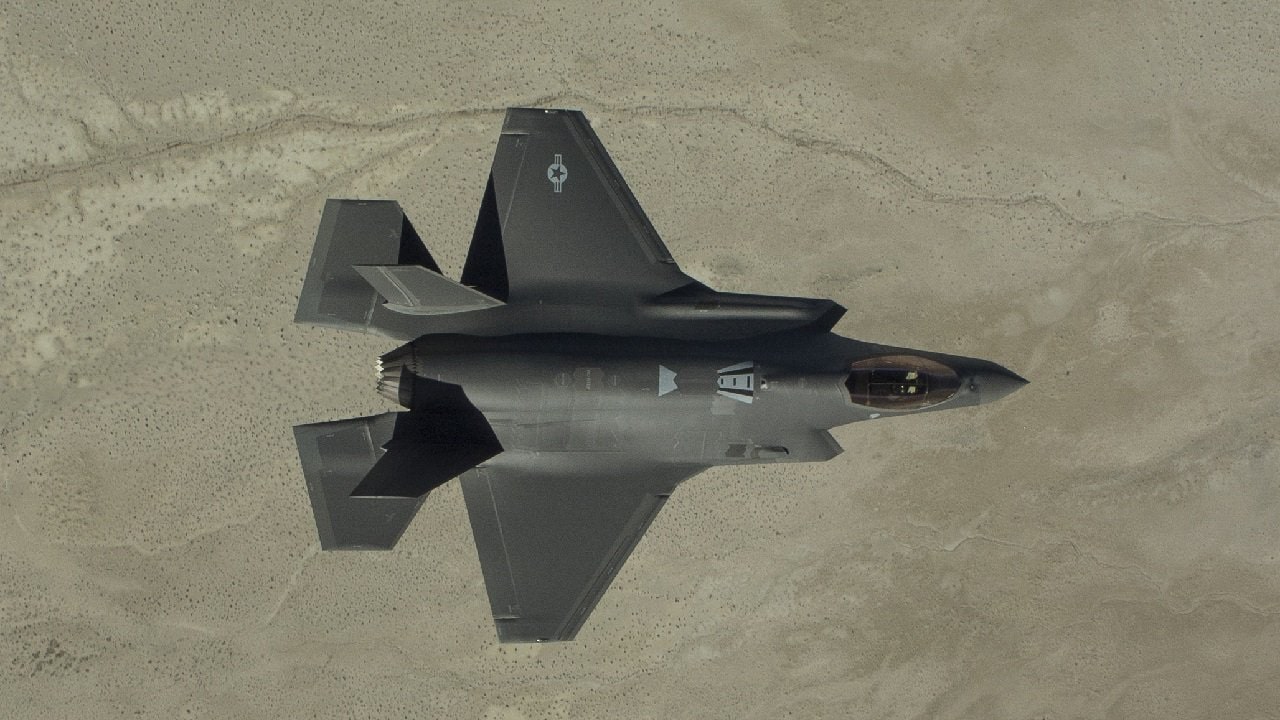
A U.S. Air Force F-35A Lightning II, assigned to the 4th Fighter Squadron from Hill Air Force Base, Utah, conducts flight training operations over the Utah Test and Training Range on Feb 14, 2018. The F-35A is a single-seat, single engine, fifth generation, multirole fighter that’s able to perform ground attack, reconnaissance and air defense missions with stealth capability. (U.S. Air Force photo by Staff Sgt. Andrew Lee)
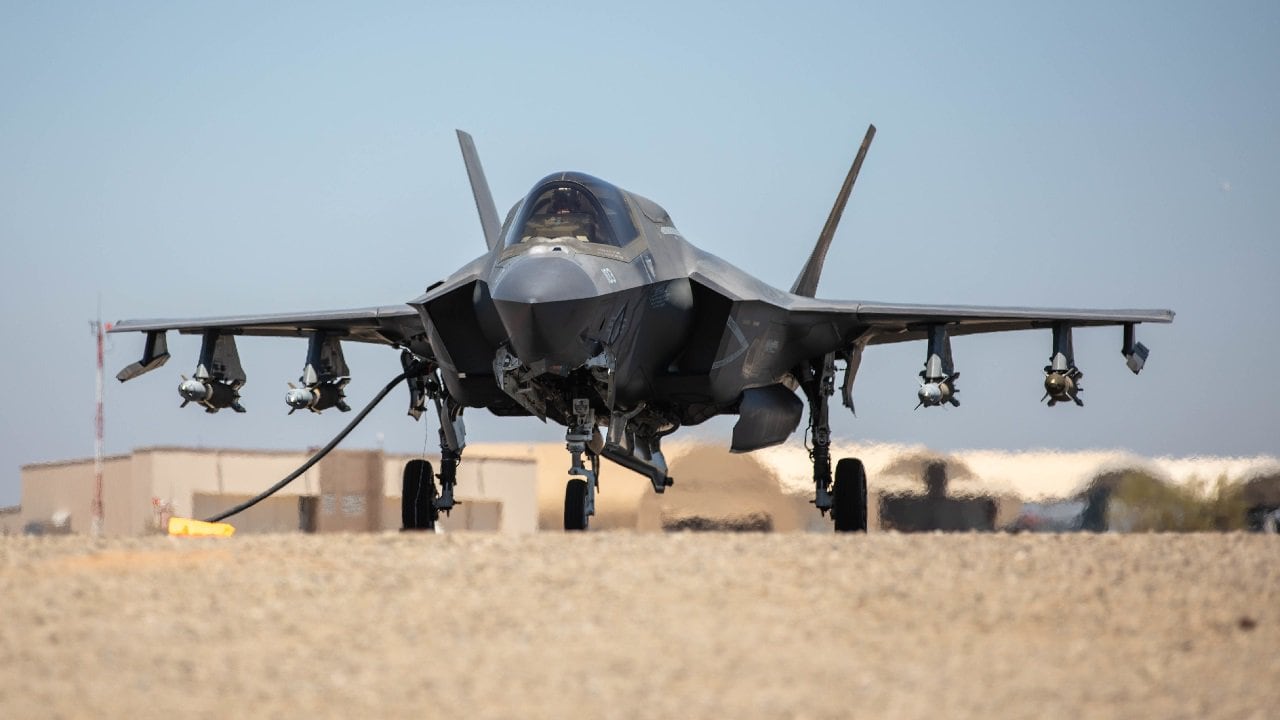
U.S. Marines with Marine Wing Support Squadron 371 , Marine Air Control Group 38, 3rd Marine Aircraft Wing (MAW), refuel a U.S. Marine Corps F-35B Lightning II with Marine Fighter Attack Squadron 225, Marine Aircraft Group (MAG) 13, 3rd MAW, on a Forward Arming and Refueling Point at U.S. Army Yuma Proving Grounds, Yuma, Arizona, May 23, 2022. The weapons configuration consists of six inert GBU-12 bombs, four mounted onto the wings and two loaded into the weapons bay, as well as an AIM-9X air-to-air training missile. MAG-13 forces are capable of conducting Offensive Air Support, Antiair Warfare, and Aviation Reconnaissance from expeditionary sites in any clime and place. (U.S. Marine Corps photo by Sgt. Samuel Ruiz)
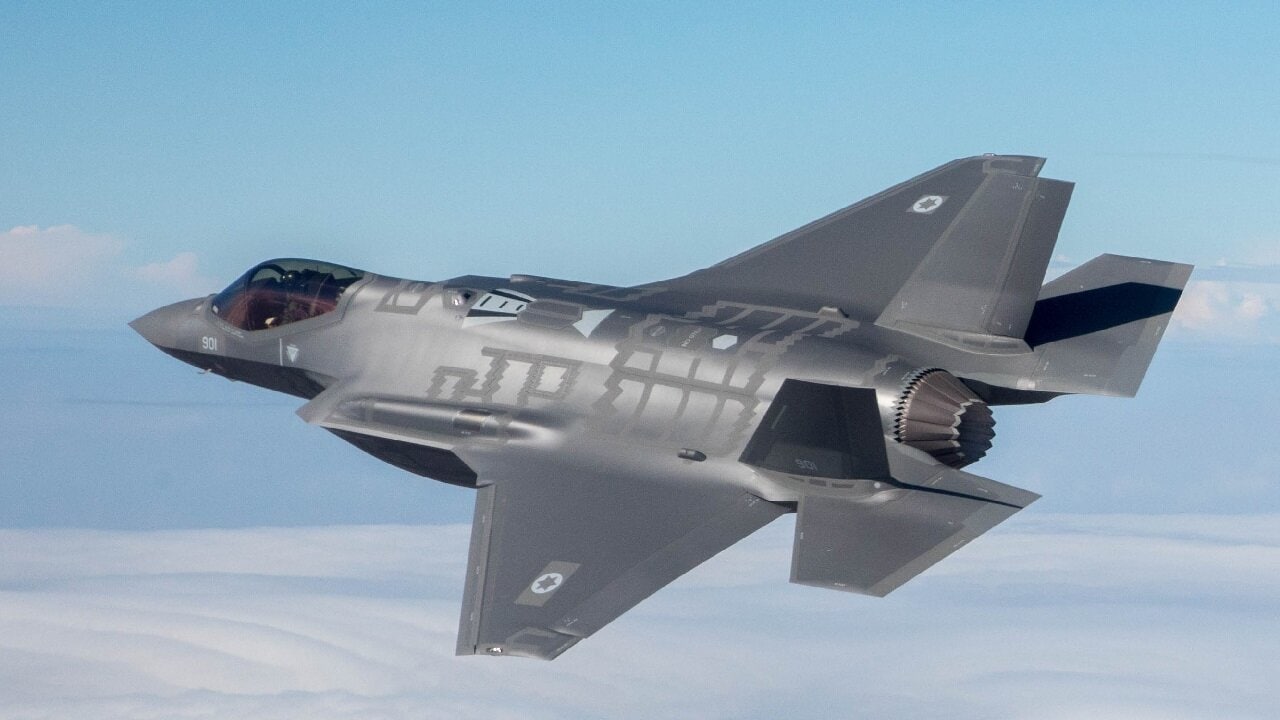
Israeli Air Force F-35I Adir stealth multi-role fighter.
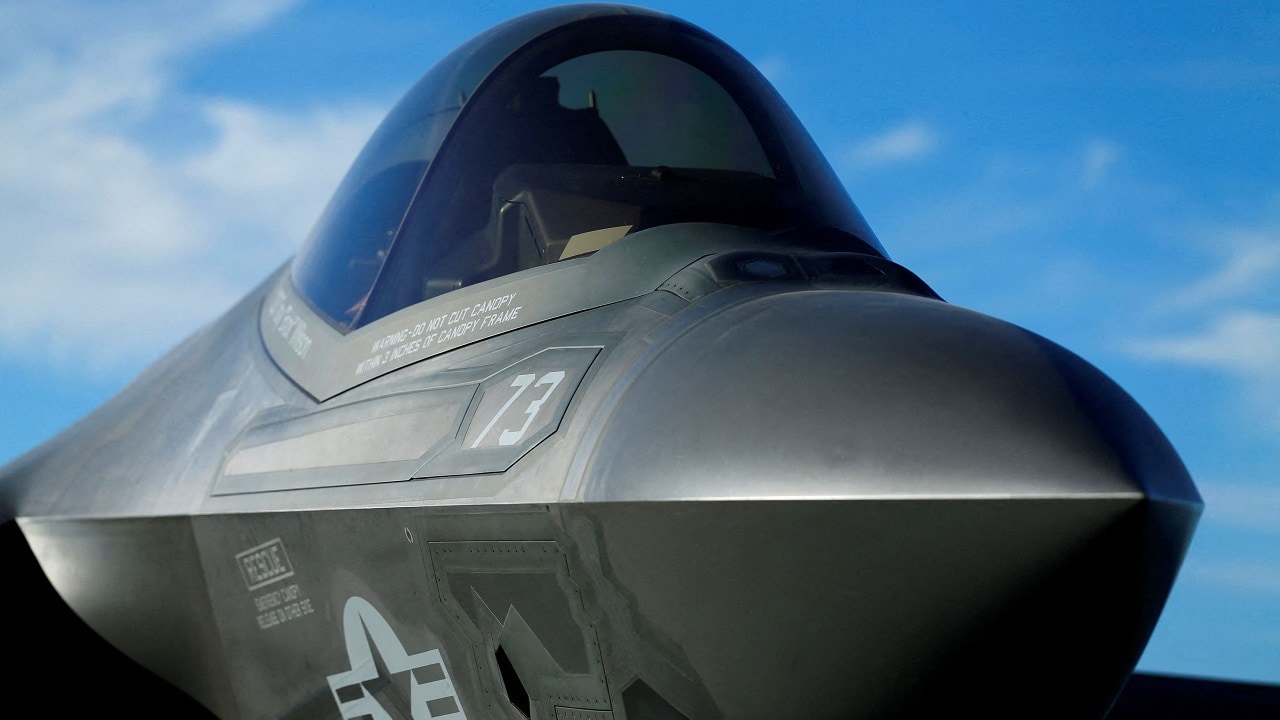
A Lockheed Martin Corp’s F-35C Joint Strike Fighter is shown on the deck of the USS Nimitz aircraft carrier after making the plane’s first ever carrier landing using its tailhook system, off the coast of California, November 3, 2014. REUTERS/Mike Blake (UNITED STATES – Tags: TRANSPORT MILITARY)/File Photo
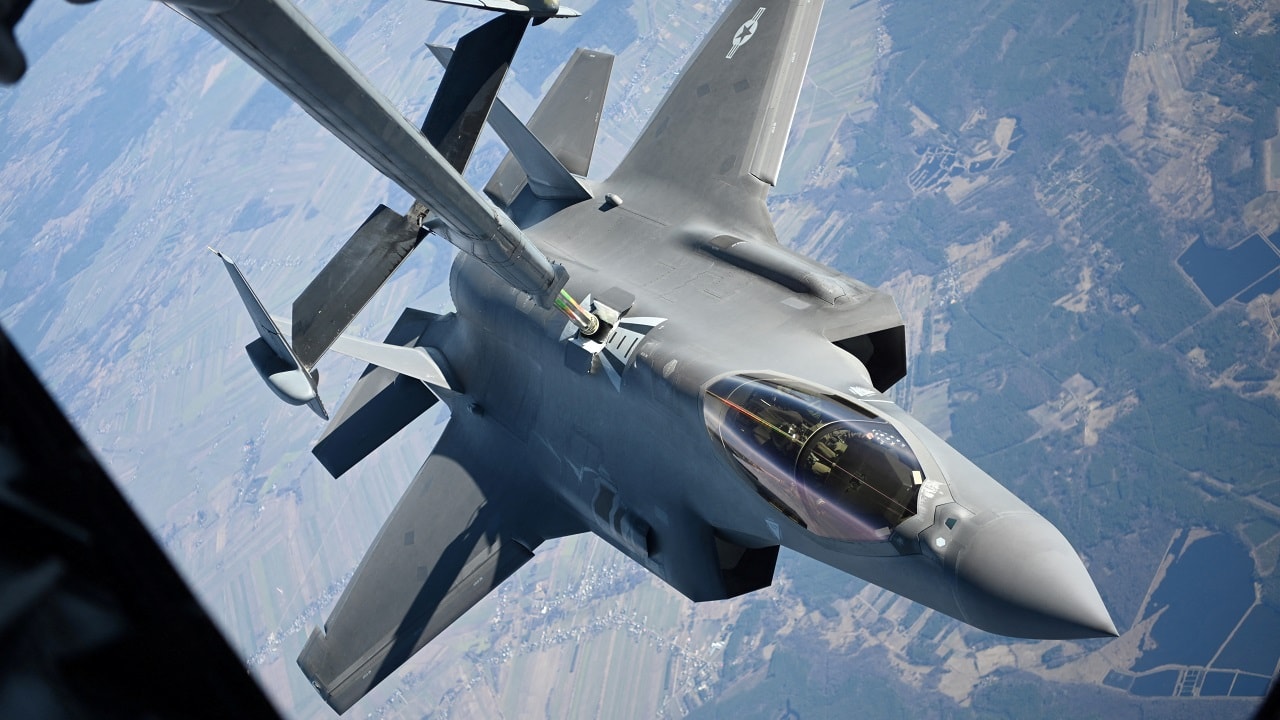
A U.S. Air Force F-35 Lightning II aircraft assigned to the 34th Fighter Squadron receives fuel from a KC-10 Extender aircraft over Poland, February 24, 2022. U.S. Air Force/Senior Airman Joseph Barron.
About the Author: Isaac Seitz
Isaac Seitz, a 19FortyFive Defense Columnist, graduated from Patrick Henry College’s Strategic Intelligence and National Security program. He has also studied Russian at Middlebury Language Schools and has worked as an intelligence Analyst in the private sector.

